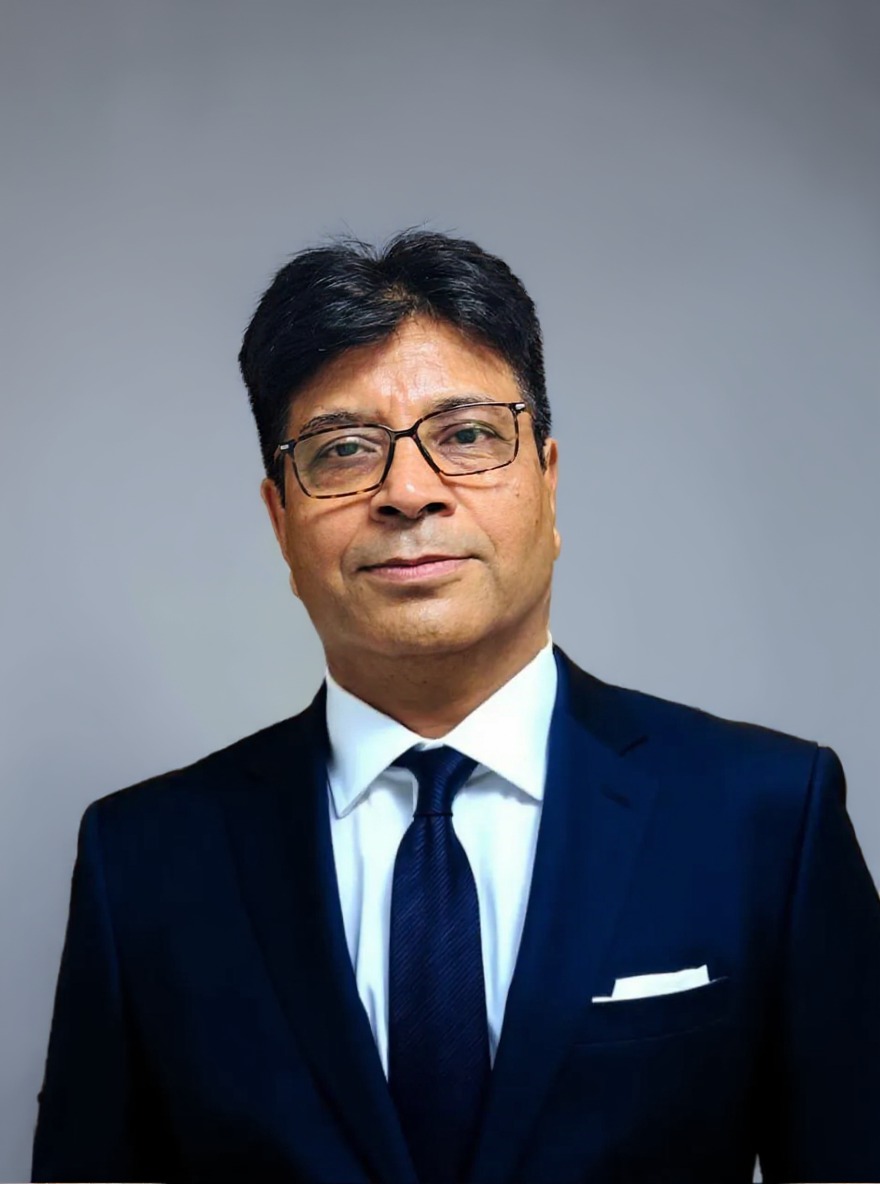Vivek Gupta, Director of Panembra Tech, has been at the forefront of India’s connected devices revolution, shaping solutions that integrate technology, security, and sustainability. As India accelerates its digital transformation, connected devices are becoming central to everyday life enabling secure payments, identity management, smart mobility, and more. In this conversation, Gupta shares his insights on the evolving landscape, balancing innovation with responsibility, and preparing for the next wave of technological disruption.
1. What motivated you to enter the connected devices industry, and how has your vision evolved over time?
The connected devices industry represents the intersection of technology and real-world impact. I was inspired by the potential to build solutions that are both intelligent and meaningful whether it’s enabling secure digital payments, streamlining mobility, or simplifying identification. Over time, my vision has evolved from producing functional devices to creating interconnected ecosystems that integrate technology, user experience, and sustainability. The goal today is not just to deliver devices but to shape platforms that are scalable, secure, and globally relevant.
2. Can you share a challenge that fundamentally shaped your approach to strategy and innovation?
Response:
One defining challenge was introducing contactless technology in regions with limited infrastructure. It became clear that innovation alone isn’t enough; execution and adoption are equally critical. This experience taught us to anticipate market trends, invest in R&D, and collaborate with multiple stakeholders. Balancing visionary solutions with practical implementation has since become central to our approach, ensuring that technology creates tangible value.
3. How is the convergence of AI, IoT, and telecom transforming the connected devices landscape?
The convergence of AI, IoT, and telecom is enabling devices to be smarter, faster, and more adaptive. AI drives predictive insights, IoT ensures seamless connectivity, and telecom provides reliable communication infrastructure. Together, they allow for the development of intelligent, multi-application solutions—from smart cards and secure digital payments to integrated healthcare and mobility devices. This convergence is turning individual products into holistic, connected ecosystems.
4. How do you foster a culture of creativity and problem-solving within your team?
Innovation thrives in an environment where curiosity and collaboration are encouraged. We provide spaces for experimentation, cross-functional teamwork, and idea sharing. Employees are empowered to challenge assumptions, explore emerging technologies, and drive projects end-to-end. Collaborations with research institutions and industry partners also bring fresh perspectives, ensuring that our solutions are forward-looking, practical, and scalable.
5. Which trends or technologies will define the connected devices sector in the next 5–10 years?
The future lies in intelligent, multi-functional devices that integrate AI, machine learning, and secure connectivity. Blockchain-enabled security, sustainable materials, and energy-efficient manufacturing will also become critical. Beyond technology, supportive policies on digital inclusion, data privacy, and innovation incentives will shape adoption. Companies that succeed will combine cutting-edge technology with human-centric design and sustainable practices, creating solutions that are not only smart but responsible.





